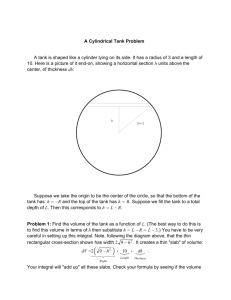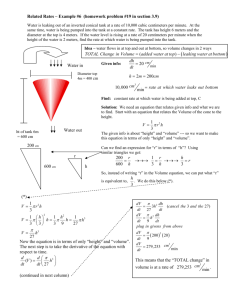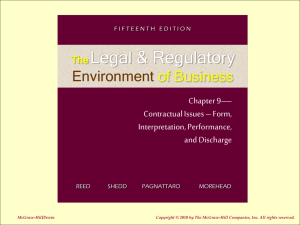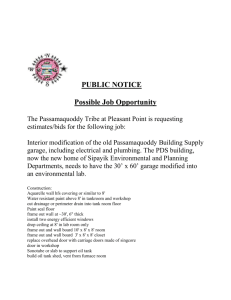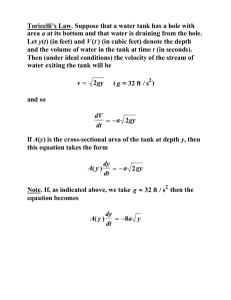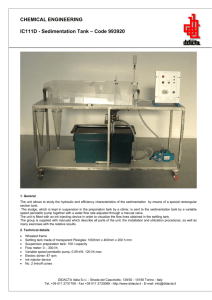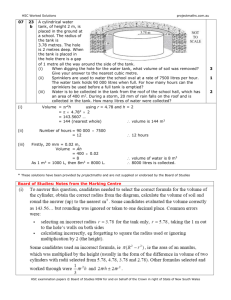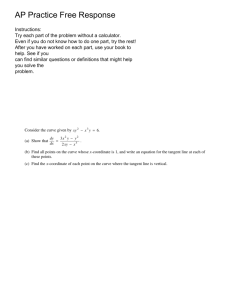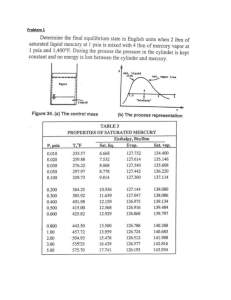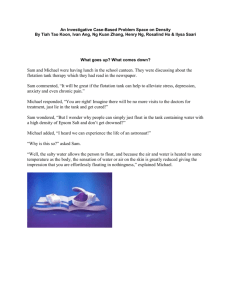Effective Think Tank Session Facilitation Techniques
advertisement
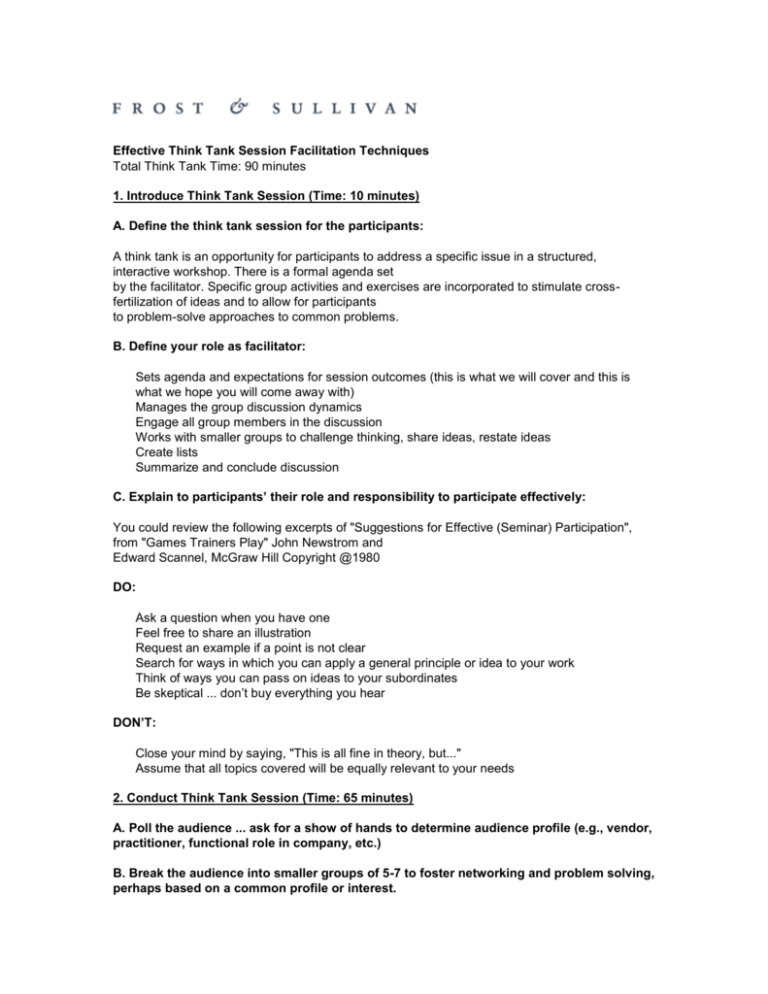
Effective Think Tank Session Facilitation Techniques Total Think Tank Time: 90 minutes 1. Introduce Think Tank Session (Time: 10 minutes) A. Define the think tank session for the participants: A think tank is an opportunity for participants to address a specific issue in a structured, interactive workshop. There is a formal agenda set by the facilitator. Specific group activities and exercises are incorporated to stimulate crossfertilization of ideas and to allow for participants to problem-solve approaches to common problems. B. Define your role as facilitator: Sets agenda and expectations for session outcomes (this is what we will cover and this is what we hope you will come away with) Manages the group discussion dynamics Engage all group members in the discussion Works with smaller groups to challenge thinking, share ideas, restate ideas Create lists Summarize and conclude discussion C. Explain to participants’ their role and responsibility to participate effectively: You could review the following excerpts of "Suggestions for Effective (Seminar) Participation", from "Games Trainers Play" John Newstrom and Edward Scannel, McGraw Hill Copyright @1980 DO: Ask a question when you have one Feel free to share an illustration Request an example if a point is not clear Search for ways in which you can apply a general principle or idea to your work Think of ways you can pass on ideas to your subordinates Be skeptical ... don’t buy everything you hear DON’T: Close your mind by saying, "This is all fine in theory, but..." Assume that all topics covered will be equally relevant to your needs 2. Conduct Think Tank Session (Time: 65 minutes) A. Poll the audience ... ask for a show of hands to determine audience profile (e.g., vendor, practitioner, functional role in company, etc.) B. Break the audience into smaller groups of 5-7 to foster networking and problem solving, perhaps based on a common profile or interest. C. Introduce the first issue, or pose the first question for the smaller groups to brainstorm. The issue or question should be structured, e.g., ( list 2 drawbacks, list 2 upsides, list 2 challenges to "X"; explain how "X" applies to your company, etc) Assign a specific time period for the group to brainstorm Advise groups they will be de-briefed, and tell them to write down ideas and identify a spokesperson Move around from group to group to listen in on discussions, provoke discussion and answer questions With 3 minutes left, advise the groups to wrap up D. De-brief the groups . Ask what each group came up with, going from point to point, one group to another – this facilitates interaction between the groups E. Track the group learning’s by utilizing a flipchart to illustrate what is emerging from the brainstorming F. Contribute value-added commentary G. Introduce the next issue, and proceed as above 3. Conclude Think Tank Session (Time: 10 minutes) A. Summarize the agenda items and the key issues that emerged B. Ask the group if any individuals wish to share key insights they gained C. Ask if any individuals wish to share key items they will action upon return to office D.Advise group you will prepare a wrttien summary of the session to be posted on the event electronic message board located on the event website. Encourage the group to continue an electronic discussion post-event E. Add any concluding remarks.





